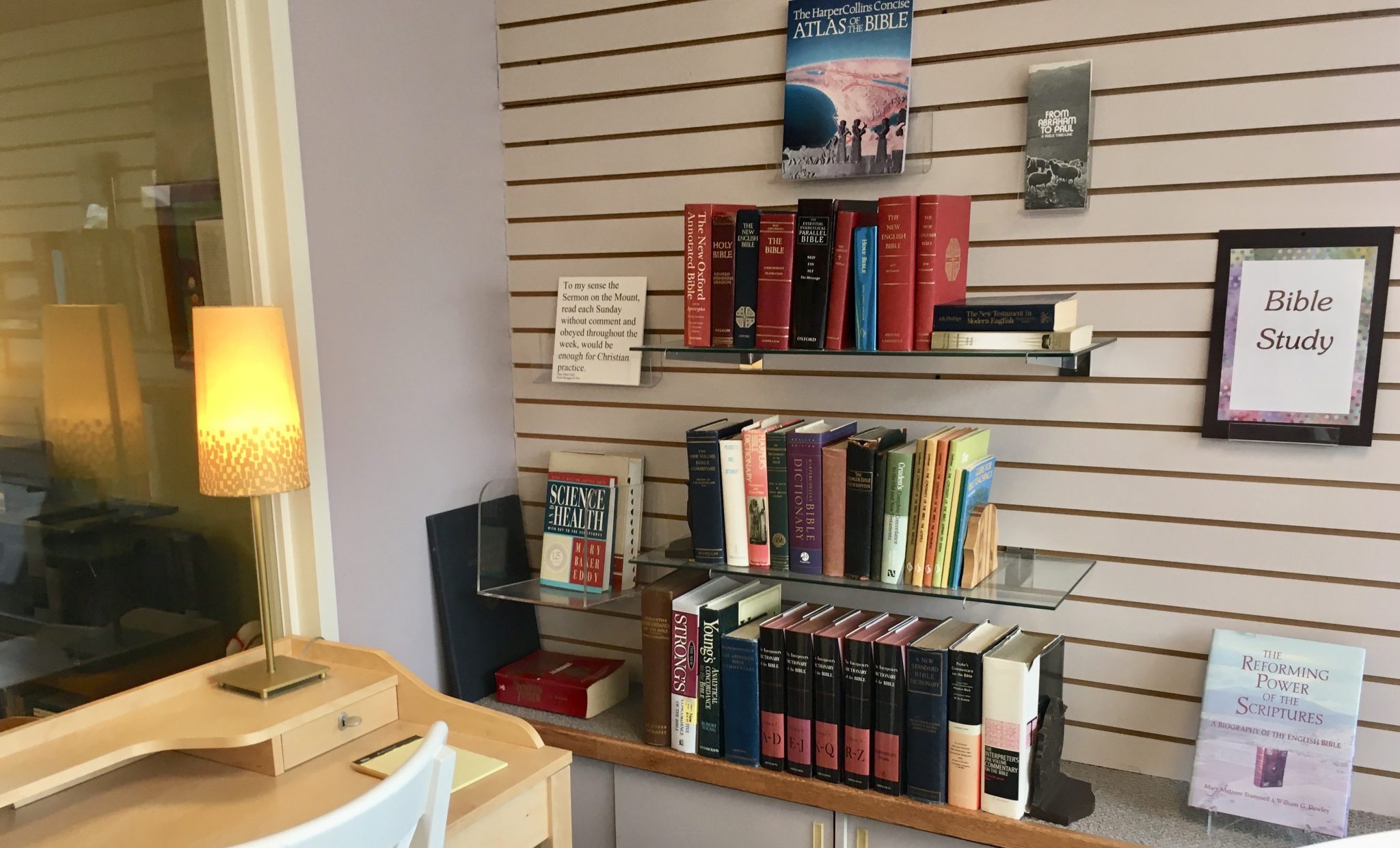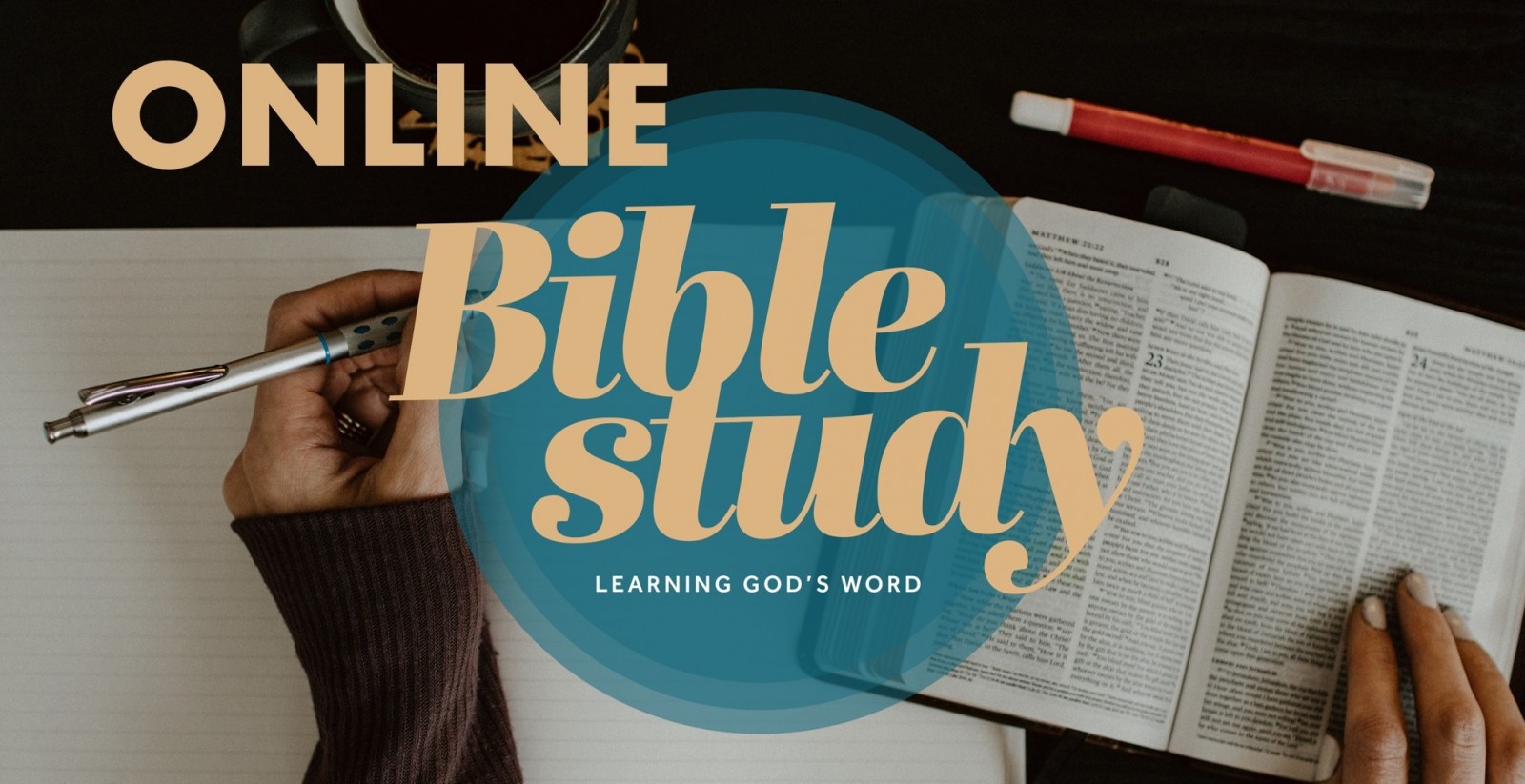


Historically, Jews and Christians alike have held that Moses was the author/compiler Egyptian autobiographical narratives (such as the Story of Sinuhe and the Report of Wenamun) and certain historical legends Of Two Brothers, which bears some resemblance to the story of Joseph and The closest specific literary parallel from Egypt is the Tale 50) and several Egyptian words and names used throughout 43 46), Egyptian administrative procedures (ch. 43), Egyptian religious and social customs (theĮnd of chs.

42), Canaan as the source of numerous productsįor Egyptian consumption (ch. Examples of such influenceĪre: Egyptian grape cultivation ( 40:9-11), the riverside scene (ch. 39 - 50 reflectĮgyptian influence - though in not quite so direct a way. In ancient Near Eastern law, such as the deathbed bequest (see 27:1-4,22-23,33) - these and other legal customs, social contracts and provisions are graphically illustratedĪs Ge 1-38 is Mesopotamian in character and background, so chs. Such a servant girl and her son (see 21:10-11), the authority of oral statements With sons through a servant girl (see 16:2-4), strictures against expelling Or slave (see 15:1-4), the obligation of a barren wife to furnish her husband The inheritance right of an adopted household member Period, shed light on patriarchal customs, which tended to survive virtually Tablets, though a few centuries later than the patriarchal Various parts of the Amorite world in which the patriarchs lived. Letters also clearly illustrate the freedom of travel that was possible between (including especially Abram, Jacob and Job) were typical of that time.

From the Mari letters,ĭating from the patriarchal period, we learn that the names of the patriarchs Two other important sets of documents demonstrate the reflection of Mesopotamia Of Ebla (modern Tell Mardikh) in northern Syria may also contain some intriguing Clay tablets found in 1974 at the ancient (c. In fact, the latterįeatures the same basic motif of creation-rebellion-flood as the BiblicalĪccount. Order as similar events in the Atrahasis epic. Several of the major events of Ge 1-8 are narrated in the same Of the Gilgamesh epic is quite similar in outline to the flood narrative Some of the features of certain king listsįrom Sumer bear striking resemblance to the genealogy in Ge 5. Pantheon, is similar in some respects (though thoroughly mythical and polytheistic) EnumaĮlish, the story of the god Marduk's rise to supremacy in the Babylonian The closest ancient literary parallels to Ge 1-38 also come from Mesopotamia. In Canaan, their original homeland was Mesopotamia. The tower of Babel was built there Abram was born there Isaac took a wifeįrom there and Jacob lived there for 20 years. TheĪuthor appears to locate Eden, humankind's first home, in or near Mesopotamia They were also of interest to the individuals,įamilies and tribes of whom we read in the first 38 chapters of Genesis. These subjects and many others were matters of vital concern to the peoples Of land, legal customs and procedures, sheepherding and cattle-raising - all Creation, genealogies, destructive floods, geographyĪnd mapmaking, construction techniques, migrations of peoples, sale and purchase 1-38 reflect a great deal of what we know from other sources about ancient In both its Hebrew and Greek forms, then, the traditional title of GenesisĪppropriately describes its contents, since it is primarily a book of beginnings. On its context, the word can mean "birth," "genealogy," or "history of origin." In the pre-Christian Greek translation (Septuagint) of 2:4 5:1. Is Greek in origin and comes from the word geneseos, which appears The first phrase in the Hebrew text of 1:1 is bereshith ("in īeginning"), which is also the Hebrew title of the book (books in ancient timesĬustomarily were named after their first word or two). Theology, outline, a brief overview, and the chapters of the Book of Genesis. This summary of the book of Genesis provides information about the title, author(s), date of writing, chronology, theme,


 0 kommentar(er)
0 kommentar(er)
